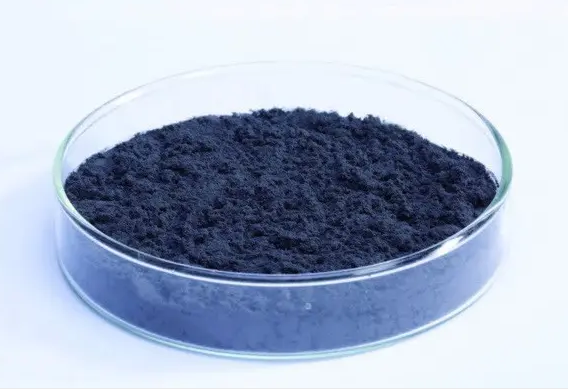Carbon-based or silicon-based?Breakthrough high energy, which will be better for lithium-ion battery anode material?
Silicon, among other alternative materials, is expected to be the cathode material for the next generation of high-capacity lithium-ion batteries. The theoretical specific volume of silicon is an order of magnitude higher than that of graphite, and silicon is the second most abundant element in the earth's crust.
However, as the anode material of lithium-ion batteries, silicon still has the problem of volume expansion and contraction in the process of lithium and dilithium. So, break through the high-energy trap, lithium-ion battery anode material debate will be who?
The lithium-ion battery has become a kind of green energy storage battery due to its advantages of high voltage, large specific capacity, long cycle life, small self-discharge, good safety performance, no memory effect, and environmental friendliness. The lithium-ion battery will play an increasingly important role in low-carbon environmental protection, energy-saving, and emission reduction.

However, the current lithium-ion battery technology can not fully meet the needs of new applications, and it is urgent to develop towards high energy density, long cycle life, and low cost.
At present, the research of lithium-ion batteries mainly focuses on several key materials: anode material, anode material, electrolyte, and diaphragm.
The working principle of a lithium-ion battery is mainly the charge and discharge principle, that is, lithium ions are inserted and released reversibly through the electrolyte between positive and negative electrodes. Lithium ions in the battery charge and discharge process have been in a continuous motion from the positive terminal to the negative terminal.
In general, lithium ions in the positive and negative electrode between the embedment and release is not to change the crystal structure, only change the crystal layer spacing.
Take graphite negative electrode as an example, in the charging process, lithium is inserted into the layered structure of graphite, and when discharging, it runs out of the layered structure. This process is reversible, so the composing lithium secondary battery cycle performance is very superior.
Both anode and cathode materials of lithium-ion batteries are composed of lithium intercalated materials. From the perspective of the development of lithium-ion batteries, the electrochemical performance of lithium-ion batteries mainly depends on the structure and performance of the used electrode materials and electrolyte materials.
Anode, as one of the key components, directly determines the performance of the lithium-ion battery. Graphite anode materials are mainly used in the market at present, which has no toxicity and is relatively stable in the air when in a discharged state.
Among many alternative materials, silicon carbon composites have gradually entered the public field of vision. Carbon and silicon form dispersed or coated structures. The role of silicon is to focus on improving the capacity and density, while the role of carbon is to buffer the volume change of silicon in the process of lithium intercalation, to improve the electronic conductivity and compatibility of composite materials. So silicon-carbon composite has high conductivity and good cycling performance. It is expected to achieve a technological breakthrough and commercial application at an early date.
High quality graphite manufacturer
If you need graphite powder, please feel free to contact: sales@graphite-corp.com







